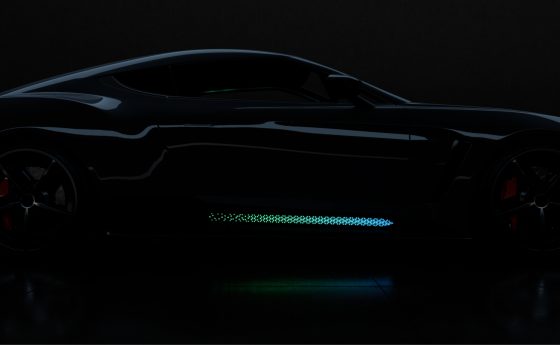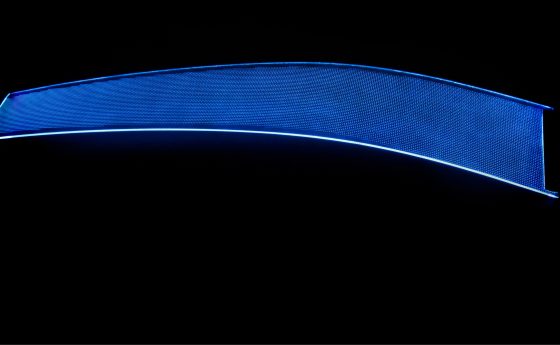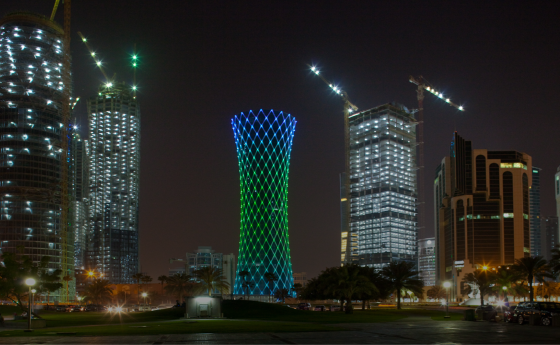“There will be massive changes in automotive interior lighting in the years ahead, giving the car a completely new value,” says Lars Raith, CEO of wontec, a consulting and service company for the automotive industry. In this personal essay he describes how OEMs will emotionalize their brand experience with applications derived from light art.
By Lars Raith

Light will give the car a completely new value.
Lars Raith, CEO of wontec
The car has lost some of its soul. Although the car is still the most important and most popular means of transport for Germans, its original spirit of individuality and freedom and the romance of its engineering and materials are in keeping with the current zeitgeist. The global trend toward electric cars, especially in important sales markets such as China, is clouding the identity of the car still further.
OEMs have been looking for solutions and have now discovered one that to date has been virtually unused, namely interior lighting. I don’t mean functional lights or occasional ambient lighting. I mean interior lighting on a completely new level – natural atmospheric lighting as a general concept for the interior, designed to influence the mood of the driver and passengers and trigger their emotions.
We know from research and from light art that light is a material that goes deeper than haptic elements such as woods and metals. Like music, light has the ability to produce reactions in the human body. For example, it can affect serotonin levels, give a tired driver fresh energy or relax a stressed driver. It can create moods and promote well-being.
„The emotional effect of light will be integrated as part of its functionality.“
In this respect, light is an unused medium in automotive interiors – a medium in which OEMs see highly attractive potential for creating a sustainable brand experience, strengthening emotional attachment to the brand and increasing product value. Light will give the car a completely new value.
The technologies exist today. From experience gained in meeting the complex challenges of countless light art installations we know the effects of natural RGBW full-spectrum light and how different moods and stepless transitions can be created with different mixes from a very broad palette of colors. The automotive world will adopt much of this for its own purposes. Relatively unusual is the need for four-channel control precisely in order to achieve active mixing of RGBW light. I imagine that this kind of application will really take off in the next few years and that the emotional effect of light will be integrated as part of its functionality. For example, UX/HMI functions (Human Machine Interface), which enable cars to communicate with their surroundings and therefore also with the driver and passengers, will be integrated with the new emotional effects of lighting. Quite simply because light can breathe new life into the car.




